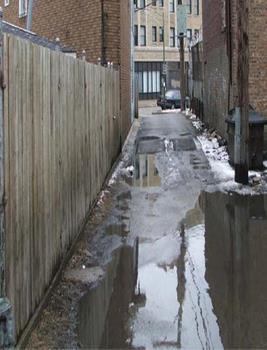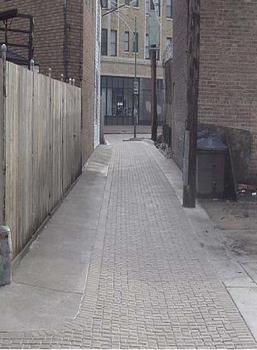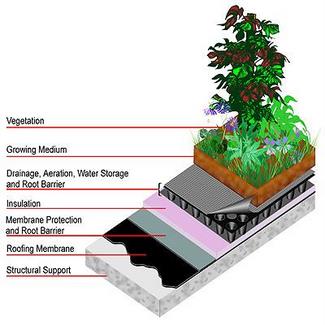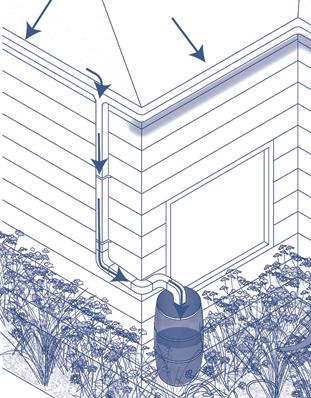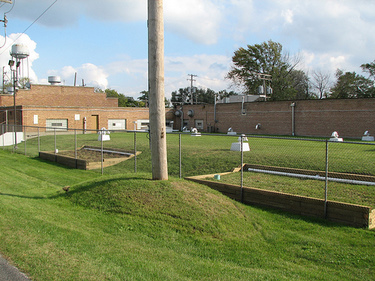Stormwater management ordinances that have been adopted by counties have been effective at controlling the rate of stormwater runoff, even as the construction of impervious surfaces is constantly creating larger and larger volumes of stormwater runoff. The ordinances in place now generally reduce the peak flow rate from a developed site, but have a more limited impact on the total volume of runoff.
The common method for Transporting stormwater is routing it through storm sewers and eventually out to a receiving body of water. Under this scenario, stormwater is not easily able to infiltrate through soil and recharge aquifers, which may lead to lower groundwater levels. The stormwater will also travel faster through the smoother surfaces of the storm sewers then compared to stormwater traveling over natural surfaces. As mentioned previously, urban stormwater runoff is known to contain high amounts of pollutants. These factors combine and may result in stream degradation and damage the ecosystem. A publication recently released by the USEPA entitled Urban Stormwater Management in the United States as part of the National Pollutant Discharge Elimination System (NPDES) addressed these specific issues. The publication discusses the current state of urban stormwater runoff and the affects on downstream bodies of water. The committee states "the creation of impervious surfaces that accompanies urbanization profoundly affects how water moves both above and below ground during and following storm events, the quality of that stormwater, and the ultimate condition of nearby rivers, lakes, and estuaries" (Committee on Reducing Stormwater Discharge Contributions to Water Pollution).
Although the current means of stormwater management have been successful, there are a number of strategies that can improve water quality and further reduce runoff volume. These strategies are detailed below. Their advantages are identified as well as any drawbacks or limitations.
